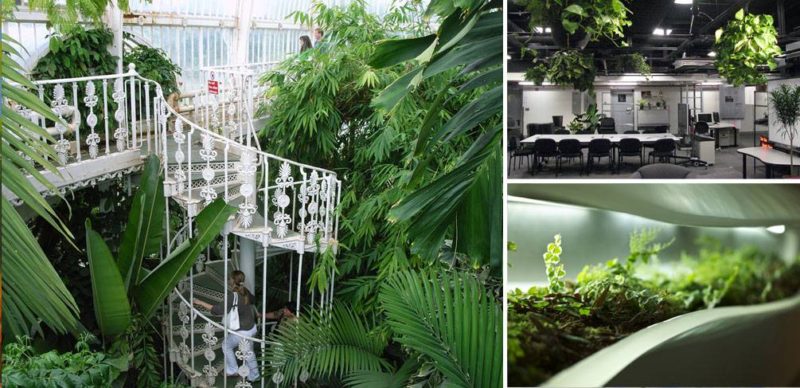How to Let Nature In; 10 Amazing Suggestions of plants for interior planting for lush, vegetated, indoor spaces. Do plants grow indoors? Definitely Yes! Do all plants grow indoors? Definitely No! If you aspire to create an amazing indoor garden or simply have a pot on your desk, choosing the right plant is of vital importance. As argued in the article: 8 Common Mistakes in Interior Planting, “We could never expect a palm tree to thrive in Antarctica. Why should every plant grow indoors? Site specificity is a “must” when planting in an interior space.” This article presents 10 plants that grow beautifully in indoor spaces. There are several others that could be included as well. Plant selection depends on many factors whether discussing interior or exterior spaces.
Plants for Interior Planting
1. Howea forsteriana Kentia Palm Tree, the indoor planting icon. When asked about indoor planting, Kentia Palm Tree is the first thing that comes in mind. Its connection to indoor planting is almost iconic. Kentia Palm Tree is native to Australia. It thrives on Lord Howe Island, a small volcanic piece of land between Australia and New Zealand. However, it made its appearance in Europe early in the 19th Century. As an indoor plant it grows anywhere in the world as long as there is moderate light and well-drained soil. The dark green foliage spreads from the plant crown almost covering its trunk and base. Kentia Palm Tree is excellent when used individually planted in a pot or combined in clusters made of plants of various sizes for a more lush result. WATCH >>> Kentia Palm Indoor | House – Home Of Indoor & Office Plants Picture Collection
3. Spathiphyllum wallisii Spathe flower, a flowering plant for indoor spaces. Spathiphyllum wallisii is a true life-saver. It adapts and grows easily providing a spectacular result in any case. It is a great choice for small and confined spaces since it could easily grow even in a small pot. On top of that it is a flowering indoor plant, with white or red flowers that offer special interest and beauty to the space. One of its hidden virtues is that Spathiphyllum wallisii is also an excellent air purifier. In this case not only you enjoy an amazing plant, but also a great improvement to the indoor atmosphere.
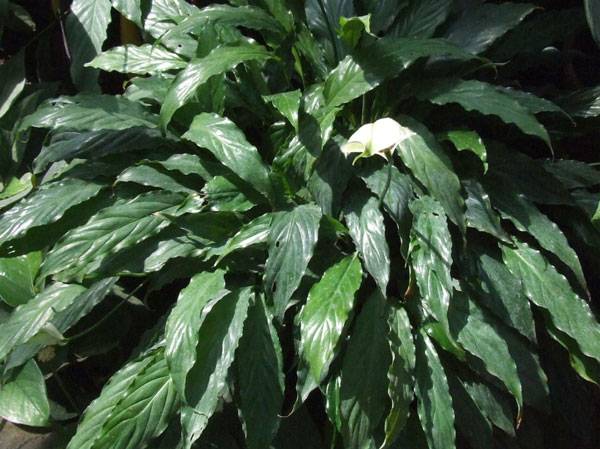
By Jerzy Opioła – Own work, GFDL, www.commons.wikimedia.org
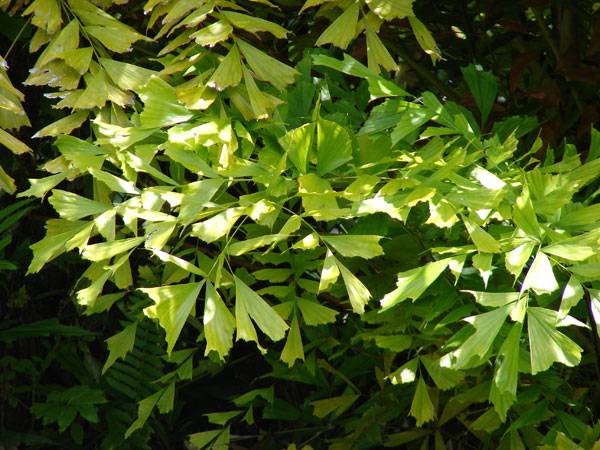
By Forest & Kim Starr, CC BY 3.0, www.commons.wikimedia.org
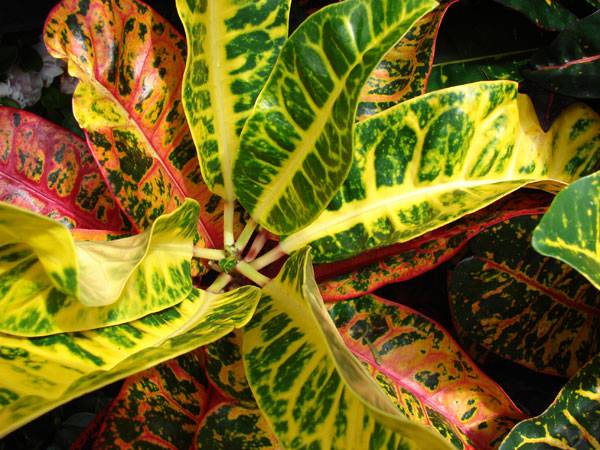
By Forest & Kim Starr, CC BY 3.0, www.commons.wikimedia.org
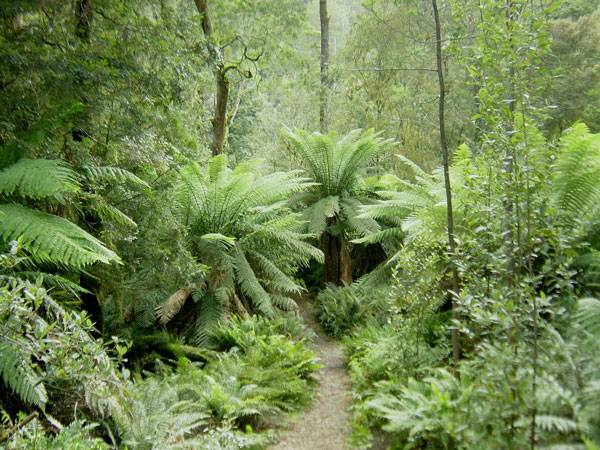
By anyaka – Flickr, CC BY-SA 2.0, www.commons.wikimedia.org
8. Ficus Lyrata Fiddle-leaf fig Fiddle- leaf fig is a good option to create an interesting focal point in an indoor space. The foliage consists of wide, glossy and leathery leaves that make a big impact. The trunk, though strong, is very thin, which allows the foliage to become the main characteristic of Ficus lyrata. It requires high levels of luminosity so make sure there is plenty of light where installed. Fiddle- leaf fig is quite sensitive with the water amount it requires. There should not be either too little or too much water. The plant appearance is affected immediately and it could start losing its leaves.
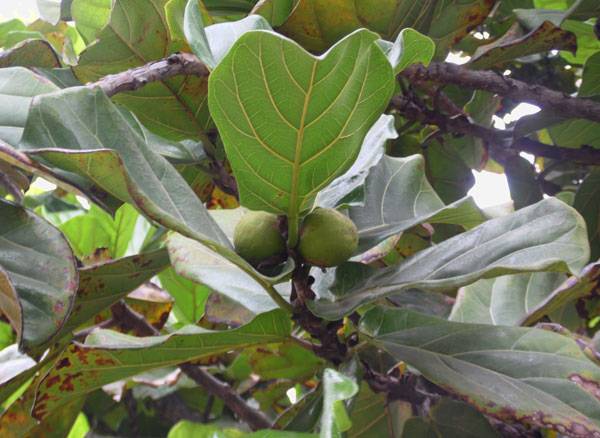
By Krzysztof Ziarnek, Kenraiz – Own work, CC BY-SA 3.0, www.commons.wikimedia.org
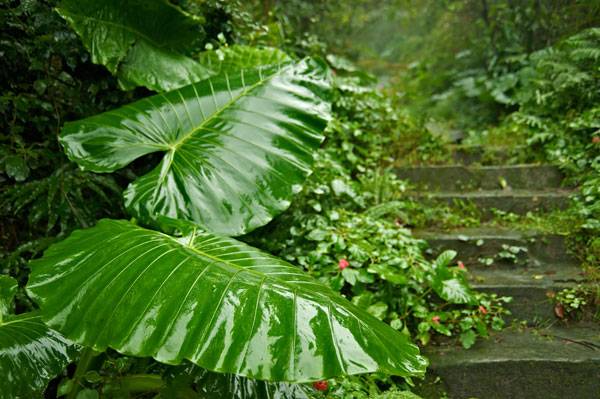
By Fred Hsu on en.wikipedia – Photo taken and uploaded by user, CC BY-SA 3.0, www.commons.wikimedia.org
Well, there seem to be too many options for what to plant indoors. Which plant or plants would you choose? Go to comments Recommended Reading:
- Drawing for the Absolute Beginner: A Clear & Easy Guide to Successful Drawing (Art for the Absolute Beginner) by Mark Willenbrink
- You Can Draw in 30 Days: The Fun, Easy Way to Learn to Draw in One Month or Less by Mark Kistler
Article by Eleni Tsirintani
Published in Blog


